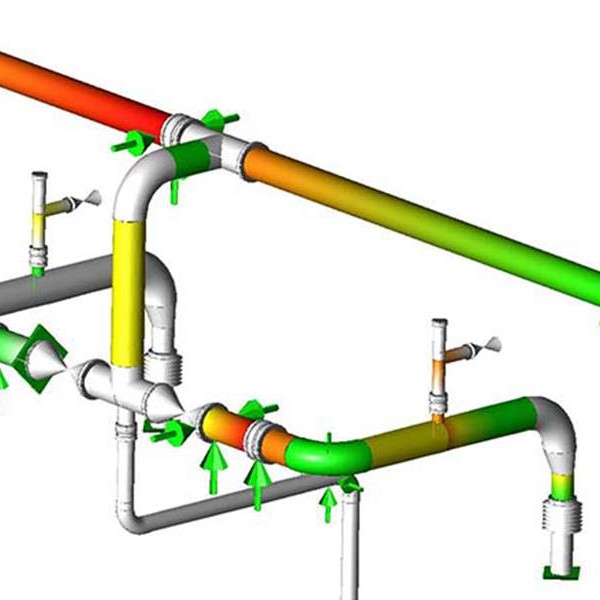
-
 Afrikaans
Afrikaans -
 Albanian
Albanian -
 Amharic
Amharic -
 Arabic
Arabic -
 Armenian
Armenian -
 Azerbaijani
Azerbaijani -
 Basque
Basque -
 Belarusian
Belarusian -
 Bengali
Bengali -
 Bosnian
Bosnian -
 Bulgarian
Bulgarian -
 Catalan
Catalan -
 Cebuano
Cebuano -
 China
China -
 China (Taiwan)
China (Taiwan) -
 Corsican
Corsican -
 Croatian
Croatian -
 Czech
Czech -
 Danish
Danish -
 Dutch
Dutch -
 English
English -
 Esperanto
Esperanto -
 Estonian
Estonian -
 Finnish
Finnish -
 French
French -
 Frisian
Frisian -
 Galician
Galician -
 Georgian
Georgian -
 German
German -
 Greek
Greek -
 Gujarati
Gujarati -
 Haitian Creole
Haitian Creole -
 hausa
hausa -
 hawaiian
hawaiian -
 Hebrew
Hebrew -
 Hindi
Hindi -
 Miao
Miao -
 Hungarian
Hungarian -
 Icelandic
Icelandic -
 igbo
igbo -
 Indonesian
Indonesian -
 irish
irish -
 Italian
Italian -
 Japanese
Japanese -
 Javanese
Javanese -
 Kannada
Kannada -
 kazakh
kazakh -
 Khmer
Khmer -
 Rwandese
Rwandese -
 Korean
Korean -
 Kurdish
Kurdish -
 Kyrgyz
Kyrgyz -
 Lao
Lao -
 Latin
Latin -
 Latvian
Latvian -
 Lithuanian
Lithuanian -
 Luxembourgish
Luxembourgish -
 Macedonian
Macedonian -
 Malgashi
Malgashi -
 Malay
Malay -
 Malayalam
Malayalam -
 Maltese
Maltese -
 Maori
Maori -
 Marathi
Marathi -
 Mongolian
Mongolian -
 Myanmar
Myanmar -
 Nepali
Nepali -
 Norwegian
Norwegian -
 Norwegian
Norwegian -
 Occitan
Occitan -
 Pashto
Pashto -
 Persian
Persian -
 Polish
Polish -
 Portuguese
Portuguese -
 Punjabi
Punjabi -
 Romanian
Romanian -
 Russian
Russian -
 Samoan
Samoan -
 Scottish Gaelic
Scottish Gaelic -
 Serbian
Serbian -
 Sesotho
Sesotho -
 Shona
Shona -
 Sindhi
Sindhi -
 Sinhala
Sinhala -
 Slovak
Slovak -
 Slovenian
Slovenian -
 Somali
Somali -
 Spanish
Spanish -
 Sundanese
Sundanese -
 Swahili
Swahili -
 Swedish
Swedish -
 Tagalog
Tagalog -
 Tajik
Tajik -
 Tamil
Tamil -
 Tatar
Tatar -
 Telugu
Telugu -
 Thai
Thai -
 Turkish
Turkish -
 Turkmen
Turkmen -
 Ukrainian
Ukrainian -
 Urdu
Urdu -
 Uighur
Uighur -
 Uzbek
Uzbek -
 Vietnamese
Vietnamese -
 Welsh
Welsh -
 Bantu
Bantu -
 Yiddish
Yiddish -
 Yoruba
Yoruba -
 Zulu
Zulu
frp grating
Understanding Fiber-Reinforced Polymer Grating A Comprehensive Overview
Fiber-Reinforced Polymer (FRP) grating has emerged as a vital technology in various engineering and construction applications due to its unique properties. This article delves into the fundamental aspects of FRP grating, its benefits, applications, and the reasons behind its growing popularity across industries.
What is FRP Grating?
FRP grating refers to a composite material formed by combining a polymer matrix with fiber reinforcements, typically glass, carbon, or aramid fibers. This combination results in a lightweight, high-strength material with excellent resistance to corrosion, making it an ideal choice for environments that would degrade traditional materials like steel or wood.
Benefits of FRP Grating
1. Corrosion Resistance One of the standout features of FRP grating is its remarkable resistance to corrosive elements. Unlike metals, which can rust or corrode when exposed to moisture, chemicals, or harsh environmental conditions, FRP grating maintains its integrity over time. This makes it particularly desirable in chemical plants, wastewater treatment facilities, and coastal applications.
2. Lightweight and Easy Installation FRP grating is significantly lighter than steel grating, which simplifies transportation and installation. This lightweight characteristic reduces labor costs and allows for easier manipulation on-site, making it ideal for projects where weight is a critical factor.
frp grating

3. Durability and Strength Despite its lightness, FRP grating offers exceptional structural integrity. It can withstand heavy loads and impacts, making it suitable for industrial settings that demand robust materials. Additionally, the material's resistance to UV radiation ensures longevity, even when exposed to direct sunlight.
4. Safety Features FRP grating often comes with slip-resistant surfaces, enhancing safety in environments where wet surfaces are common. This feature is crucial in preventing workplace accidents, particularly in sectors like food processing, pharmaceuticals, and marine applications.
Applications of FRP Grating
The versatility of FRP grating has led to its adoption in a wide range of applications. In the construction industry, it is often used for walkways, platforms, and stair treads. In industrial settings, it is ideal for making ladders and access platforms due to its strength and durability. Additionally, FRP grating plays a crucial role in the marine industry, where its corrosion resistance is vital for docks, bridges, and waterfront structures.
In the environmental sector, FRP grating is commonly used in water treatment plants and chemical processing facilities. Its ability to withstand harsh chemicals and environments makes it a reliable choice for systems dealing with aggressive substances.
Conclusion
Fiber-Reinforced Polymer grating represents a significant advancement in material science, combining strength, lightweight properties, and resistance to environmental degradation. As industries continue to seek durable, cost-effective, and safe alternatives to traditional materials, FRP grating is poised to play an increasingly important role in construction and engineering. With ongoing innovations and improvements, the future of FRP grating is set for expansive growth, making it an exciting area to watch as we move forward.









